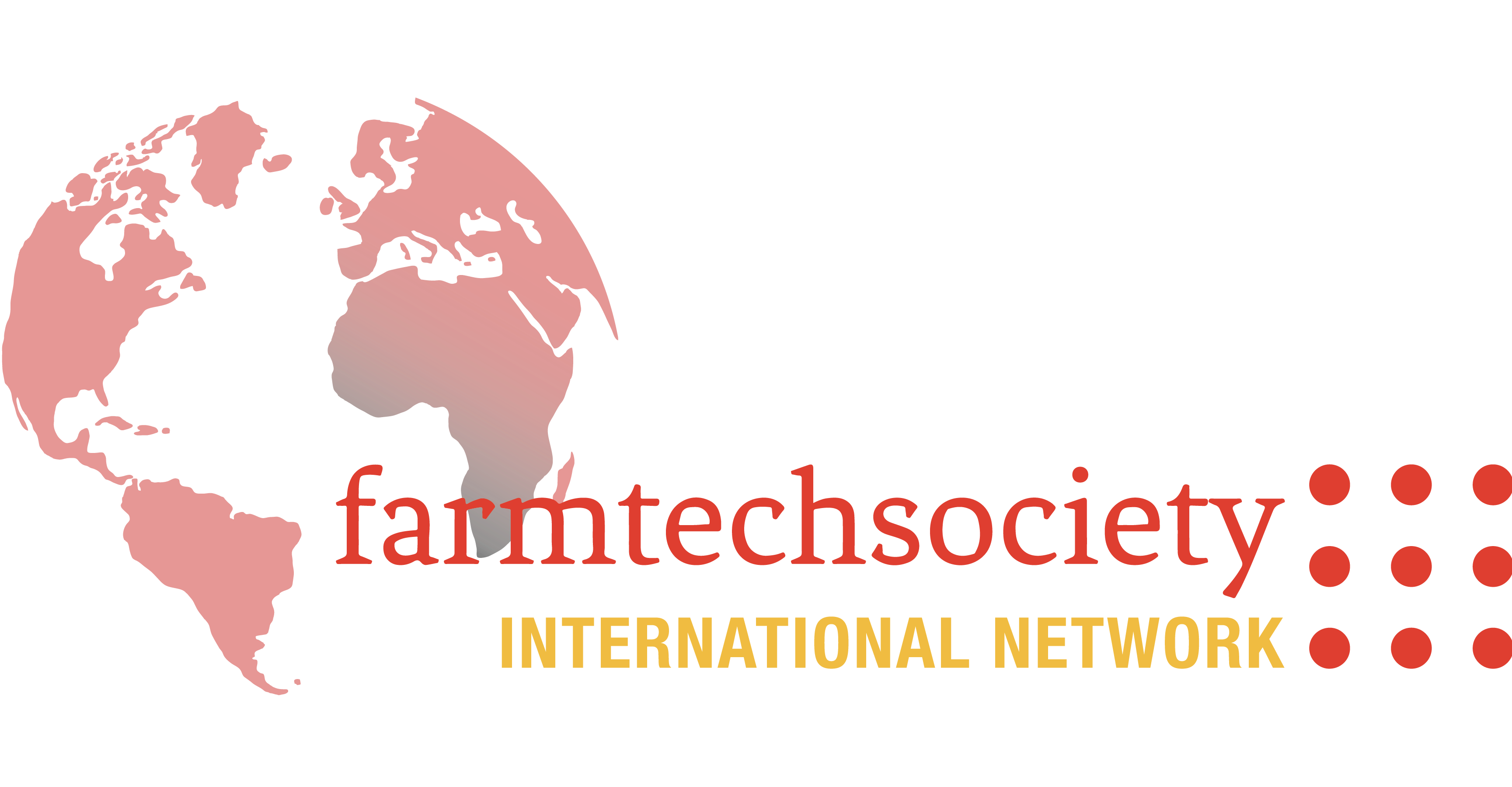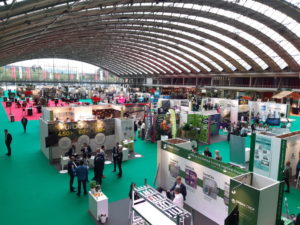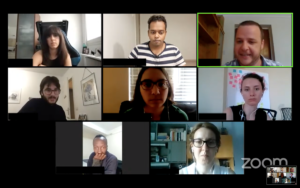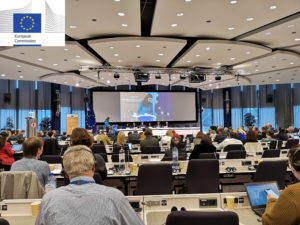The point of policy is to define (systemic) purpose. Without this, the risk is that profit will become the primary (or even sole) purpose. And whilst profit is important, it’s not (supposed to be) the whole point.
Big point from which to start, right?! But I think it’s an important one, and I’ll explain why.
Recently, I came across this article in which it is explained that 6000 times more is spent on harmful subsidies than on carbon offsets. This is fairly telling in itself, but the article rightly goes on to point out that “Offsets may not [even] be the best way to help the environment”. In fact it would probably be better if a substantial proportion of this money went to projects that actually do environmental good; for example towards biodiversity and ecosystem restoration, decarbonisation and transition toward the circular economy.
So what has all this to do with CEA? And what does all that together mean with regard to that opening statement I made?
Well, the thing is that CEA has generally been limited thus far by economics. The sector has rarely had much support from the policy side, and does not generally receive much – if anything – in the way of subsidies (either direct or indirect).
It should be noted that this has not necessarily been a bad thing, since it has meant that the sector has most often had to bootstrap its way to success, meaning that it is often quite efficient with money. However, on the flip side of that coin, where large amounts of private money have flowed in – for example in the vertical farming sector in recent times – there has been a risk of over-hype-cycles and even greenwashing (real or perceived).
But perhaps most importantly, it has meant that only crops and business models which are economically viable (i.e. profitable) in the relatively short term are considered. This in turn means that the potential benefits of diversification are not realised. The focus has been on getting the tech and models right, which is no bad thing, but in the broader view, opportunities are being missed or dismissed.
Imagine for a moment, what might be achieved if CEA got even a fraction of the direct and indirect subsidies awarded to other sectors of farming. Almost all other farming types get some form of subsidies, and many would not be financially viable at all without them! No one is suggesting that CEA should get a blank check. Indeed that would be counterproductive. But just image…
There is a persistent argument, generally known as land-sparing vs land-sharing, that has been going on for well over a decade now. The essence of this argument is: whether natural ecosystems are best served by condensing and intensifying agriculture into smaller areas and leaving the rest to rewilding (land-sparing), or by creating more extensive and regenerative forms of agriculture which take more land but share it with nature (land-sharing). There are many arguments of merit on each side, and so the argument continues round and round.
But CEA, and perhaps especially high-density vertical farming, offers a way to break the impasse. With the right use of these technologies, it ought to be possible to have the best of both.
For example an argument often made against so-called sustainable intensification, is that it is not in fact sustainable at all if it relies on large amounts of artificial inputs like synthetic fertilisers and pesticides. But if we can move production indoors we can not only potentially grow more per unit of area, but we can do it with little or none of these inputs.
Furthermore, by moving production closer to the urban areas in which most people live, we might resolve another of the challenges, in that rewilded areas can be joined together, rather than isolated patches separated by intensive farming.
If some of this land can be used to restore natural ecosystems, that’s great. If these areas are punctuated by extensive regenerative farming which works with nature and people, even better!
For the record, I’m not by any means suggesting that all food production should move indoors. There is no silver bullet, no one-size-fits-all solution for food systems. CEA is a set of tools, along with many others, that we can use to create better food systems. The trick of course is using the right tools for the right job. Put another way, and to mix my metaphors, it’s like putting together the pieces of a jigsaw puzzle, albeit one that is layered and networked, integrated and multidimensional!
That’s where we come back to that opening paragraph I wrote. Because to work through that degree of complexity, what you need is purpose. More specifically, you need layers and scales of systemic purpose. And that’s policy.
The first thing you have to do is decide what you want your food systems to do. What, in essence, are they for? I entirely understand why people often shy away from dealing with policy; it’s messy, slow and often frustrating. But without that purpose, without that framework, without a roadmap, how are we to get to where we want to go?
CEA is often criticised for being a king of ‘tech for its own sake’. But the thing with technology is that it is neutral. It’s what you do with it that defines whether it is good or bad. And that’s policy.
The most important thing here is that different sectors should not see one another as enemies. Anywhere that someone is trying to create good, resilient and sustainable food systems, we should be talking to one another, and figuring out how to work together for the greater common good. One of the best ways to do that is to talk about precisely this kind of systemic purpose; to discover the things we have in common and to use them to create frameworks for mutual benefit.
If we can do that, and get the kind of support that other farming sectors get well… just imagine what we could do together.
—-
The FarmTech Society is working on precisely this kind of approach, driving forward sectoral recognition for CEA Recent ambitious efforts to set purpose at the EU level – for example in the form of the EU farm 2 fork strategy – are laudable. But for exactly the kind of reasons listed above, it’s not working as well as might be hoped. FTS is providing an understandable narrative to the regulators, that CEA can help to alleviate this conflict between land-sparing and land-sharing. In addition, FTS also brings together policy makers and industry leaders around these topics, for example in this webinar meeting on the potential of CEA to enable restoration of biodiversity.






